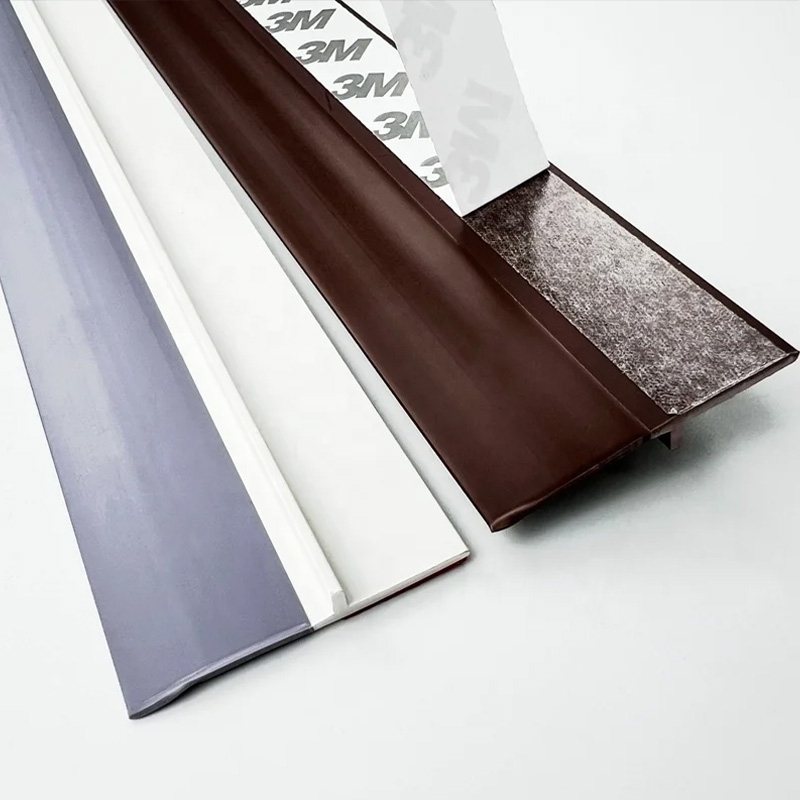Understanding the Benefits and Uses of Half Round Files with Second Cut Design for Precision Work
The Half Round File An Essential Tool in Metalworking
In the realm of metalworking and woodworking, precision is paramount. One of the indispensable tools that craftspeople rely on is the half round file, particularly the second cut variety. This tool combines the advantages of both flat and round files, making it incredibly versatile for a wide range of tasks.
The half round file features one flat side and one rounded side, providing the user with the ability to work on both flat surfaces and concave curves. The second cut designation refers to the coarseness of the file's teeth. Unlike rough cut files, which quickly remove material but can leave behind a rough finish, second cut files strike a balance between material removal and surface smoothness. They are designed for finer work, where detail and finish quality are critical.
Applications of the Half Round File
The half round file is widely utilized in various applications. In metalworking, it is particularly effective for smoothing and refining edges on metal components. For example, after machining or casting, metal parts often have sharp burrs or rough edges that must be addressed for safety and functionality. Using a half round file allows the user to selectively target these areas without altering the overall dimensions of the part.
Woodworkers also benefit significantly from using half round files. When creating intricate designs or fitting joints, woodworkers often need to refine the curves and edges of their pieces. The half round file is perfect for this task, as it can access tight corners and complex shapes, allowing for a precise fit and a polished appearance.
Choosing the Right Half Round File
half round file second cut

When selecting a half round file, there are several factors to consider. First, the size of the file should match the dimensions of the workpiece and the specific task at hand. Half round files come in various lengths and widths, so it's essential to choose one that offers adequate control and reach.
Another important consideration is the coarseness of the file. While a second cut file is suitable for most applications due to its balance of removal and refinement, there may be situations where a finer or coarser file is more appropriate. For instance, if you are working with very soft metals or delicate woods, a finer cut file may be necessary to avoid damaging the material. Conversely, for heavy material removal, a rough cut file could be the correct choice.
Proper Technique and Maintenance
Using a half round file effectively requires proper technique. It’s essential to apply even pressure throughout the stroke, utilizing the full length of the file to achieve consistent results. Additionally, it's advisable to file in one direction rather than back and forth, as this method produces a smoother finish and prolongs the life of the file.
Maintenance is also critical for longevity. After each use, files should be cleaned to remove debris from the teeth, which can hinder performance. Proper storage is essential too; keeping files in a protective case or hanging them up can prevent damage to the teeth.
Conclusion
The half round file, particularly the second cut variety, is a vital tool in both metalworking and woodworking. Its unique design allows for versatility in shaping and refining materials, making it a favorite among artisans and tradespeople. By selecting the right size, using proper techniques, and maintaining the tool, users can ensure that their half round files serve them faithfully for years to come. Whether you are smoothing out rough edges or creating intricate designs, the half round file is an essential addition to your toolkit.
Share
-
The Best Lubricants for Aluminum Roller GuidesNewsJul.23,2025
-
Slitting Machine Applications in the Packaging IndustryNewsJul.23,2025
-
Rolling Roller Balancing Techniques for Smooth OperationNewsJul.23,2025
-
How To Optimize An EV Battery Assembly LineNewsJul.23,2025
-
Energy Efficiency in Modern Battery Formation EquipmentNewsJul.23,2025
-
Automation Trends in Pouch Cell Assembly EquipmentNewsJul.23,2025







